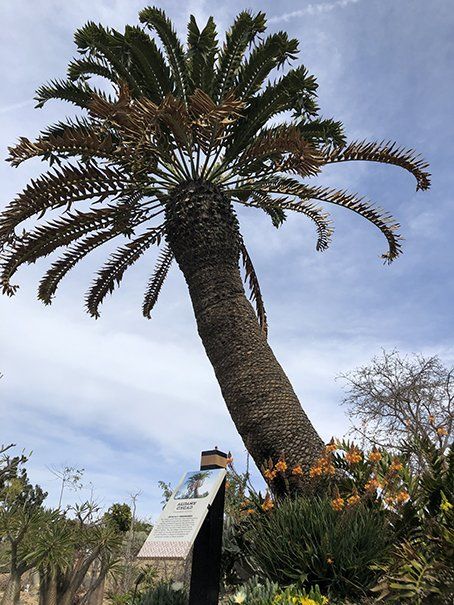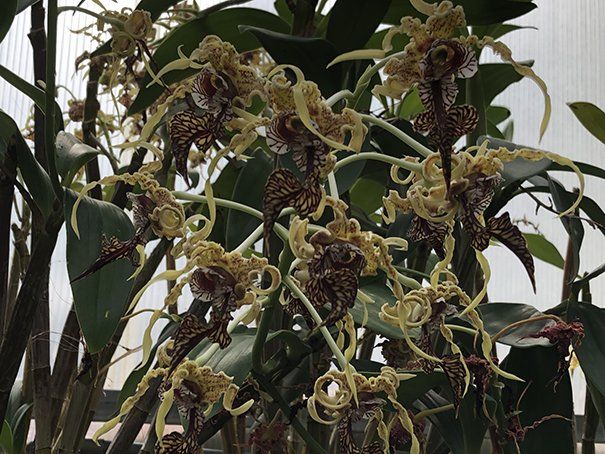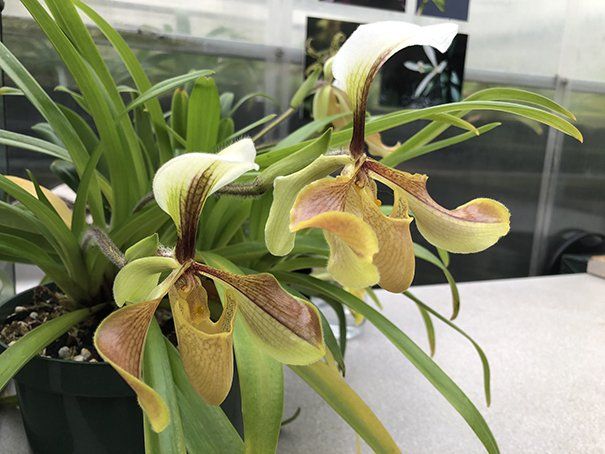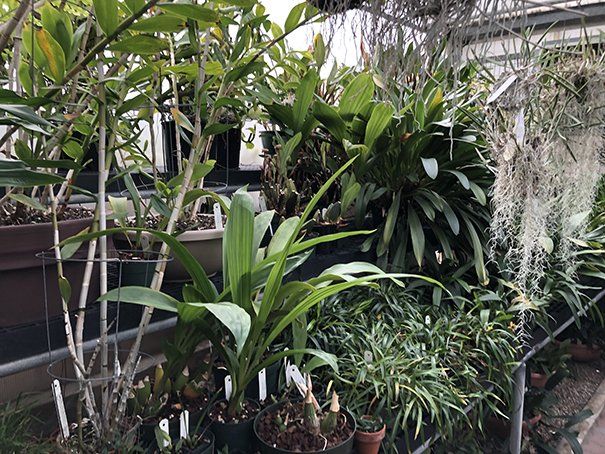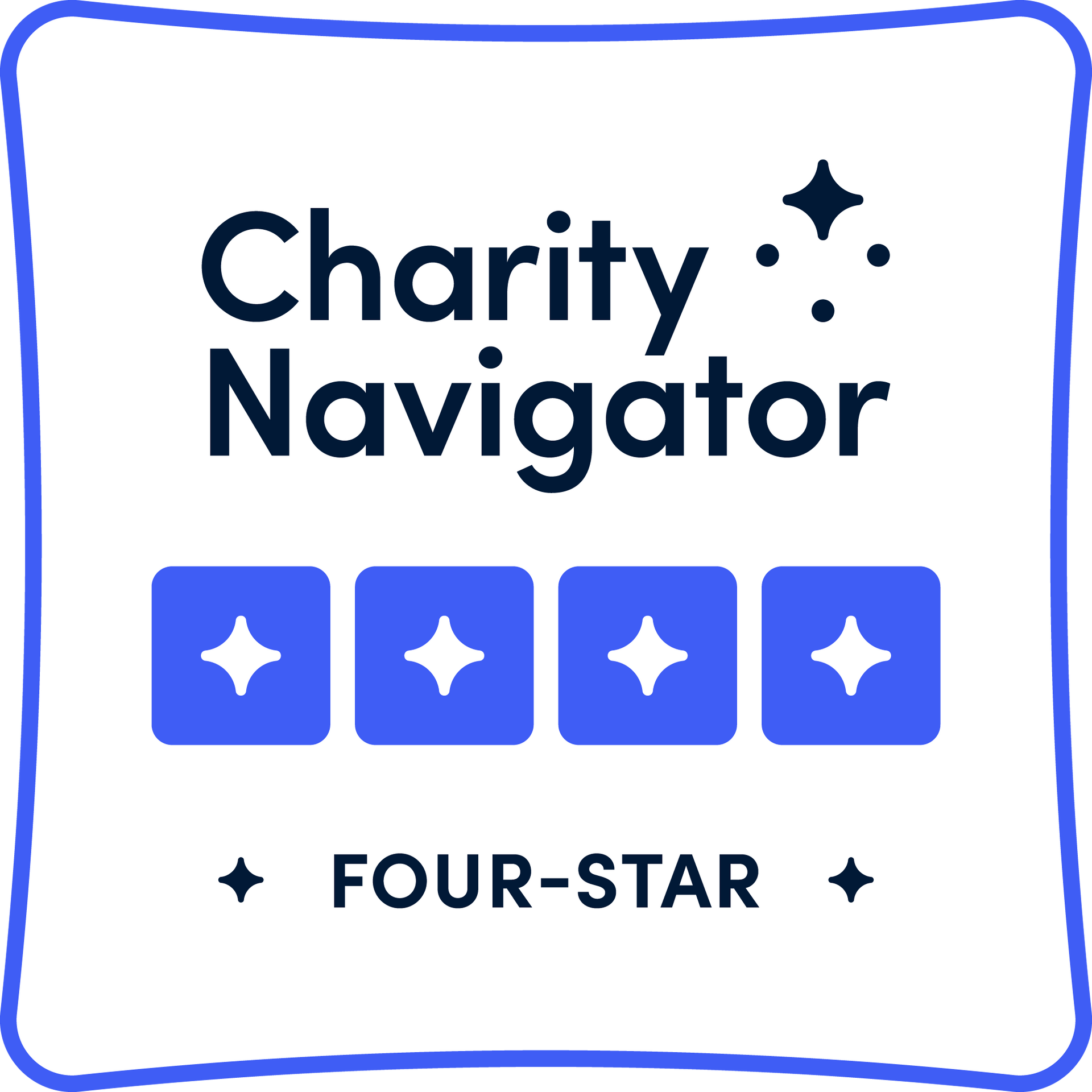The San Diego Zoo: Beyond Animals
Way back in February (which seems like two years ago now), I joined a group of ag economists for their meeting, which included a behind the scenes tour of the plant programs at the San Diego Zoo.
The tour blew my mind! Their botanical gardens are stunning, but I had no idea that zoos included such extensive plant programs. It’s easy to get caught up in the education and entertainment value of zoos and forget the part that focuses on research and species conservation. Turns out plants are a part of that mission too! And the San Diego Zoo, voted the #1 zoo in the world, was an ideal place for me to learn more. They even have a suite of pamphlets available for plant nerds outlining suggested botanical tours in the park.
Naturally the zoo has its own propagation nursery to act as a source of material when displays are updated or a plant must be replaced somewhere in the park. The Zoo strives to match plant displays with the animal displays. For example, the Australian Outback exhibit boasts not only animals native to Australia but also plant life. There are some unexpected plant-centric programs there as well.
Plants can be victims of poaching too, and the San Diego Zoo serves as a plant rescue center for orchids. When a plant is illegally brought into the U.S. and is seized, the plant is sent to a plant rescue center. Often the confiscated plants have been mistreated and are in bad shape, are unknown, or are a protected species. Zoo horticulturalists step in to nurse them back to health, coax them to flower, and identify them. Over 2,500 orchids are currently housed at the zoo.
And then there is the carnivorous plant display. Our tour group got to feed a pitcher plant, a Venus fly trap, and a sundew! Of course there are many, many more plant displays at the San Diego Zoo, including the extensive bamboo collection, over 1,300 ginger species, cycads (a specialty for them) for days, 26 banana varieties, and innumerable Ficus specimens. Speaking of all those Ficus trees, the zoo even has a dedicated ‘browse room’ where foliage is collected throughout the park to be fed to some of the animals; ficus is the most common forage.
Many thanks to the hospitality of the San Diego Zoo and their staff for their time and information that day. I learned a lot that day and found a greater appreciation for zoos! For more information, check out their website. https://animals.sandiegozoo.org/plants
Dr. Jill Calabro
HRI Research & Science Directo
Share This Post







